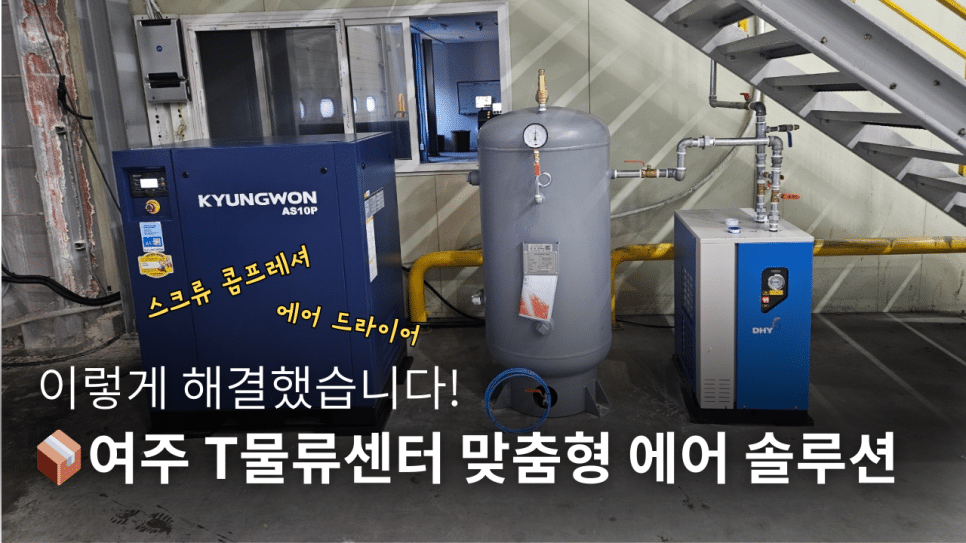🌬️ Complete Guide to Vacuum Pressure and Flow Units
Hello! This is Green Pneumatic VTZ, a professional manufacturer specializing in vacuum pumps and vacuum systems.
When using a vacuum pump, “vacuum pressure” and “flow rate” are the two most fundamental and important concepts.
However, these unit systems can be confusing for beginners.
Today, we’ll clearly explain the essential units for vacuum pressure and flow rate that every vacuum pump user should know! 🚀
📌 What Is Vacuum Pressure?
Vacuum pressure refers to how much the pressure in a given space is reduced below atmospheric pressure.
Generally, atmospheric pressure (1 atm or 760 mmHg) is used as a reference. Any pressure lower than this is considered a vacuum, and there are various units to express its level.
In the Korean Industrial Standards (KS), vacuum pressure is defined in units of Torr and Pascal (Pa), though Torr is more commonly used.
Torr is equivalent to mmHg, and cmHg simply represents the same concept using centimeters instead of millimeters.
In contrast, the German Industrial Standard (DIN) uses mbar, which expresses pressure in CGS units.
1 mbar represents the pressure exerted by a force of 1000 dyne per square centimeter.
🌟 Main Units of Vacuum Pressure
Pa (Pascal)
The SI (International System of Units) standard unit.
1 Pa = 1 N/m² (1 newton of force applied to 1 square meter).
In ultra-high vacuum conditions, smaller units like mPa (millipascal) or nPa (nanopascal) are often used.Torr
Named after Torricelli.
1 Torr = 133.322 Pa
It is equivalent to 1 mmHg.mmHg (Millimeters of Mercury)
A unit derived from the traditional method of measuring atmospheric pressure.
1 mmHg = 133.322 Pa (same as 1 Torr)atm (Atmosphere)
A unit based on standard atmospheric pressure.
1 atm = 101,325 Pa = 760 Torrmbar (Millibar)
Commonly used in industrial fields.
1 mbar = 100 Pa
🌡️ Pressure Conversion

Vacuum Pressure Classification by Range
- Low Vacuum: 1,013 mbar ~ 1 mbar
- Medium Vacuum: 1 mbar ~ 10⁻³ mbar
- High Vacuum: 10⁻³ mbar ~ 10⁻⁶ mbar
- Ultra-High Vacuum: Below 10⁻⁶ mbar
💡 What Is Flow Rate?
Flow rate refers to the volume of gas a vacuum pump can handle per unit of time.
It’s an essential indicator for understanding the pump’s performance and evaluating system efficiency.
🌟 Main Units of Flow Rate
L/min (Liters per Minute)
The most commonly used unit for vacuum pumps.
It shows how much gas the pump can move per minute.m³/h (Cubic Meters per Hour)
Typically used for large-scale vacuum systems.
1 m³/h = 1,000 L/h ≈ 16.67 L/minCFM (Cubic Feet per Minute)
An American unit based on feet.
1 CFM ≈ 28.3168 L/min
🌬️ Flow Rate Conversion
You can also convert between flow rate units easily using online converters such as UnitConverters.net.
https://www.unitconverters.net/flow-converter.html
🔑 How Are Vacuum Pressure and Flow Rate Related?
Vacuum pressure and flow rate are the two core parameters that define a vacuum pump’s performance.
They are interdependent and influence each other.
- Vacuum pressure indicates how low a pressure the pump can achieve in a given space.
- Flow rate indicates how much gas can be removed to reach that pressure.
🌟 Example
- For large chambers requiring low vacuum pressure, use a high-flow pump.
- For small chambers requiring ultra-high vacuum, choose a pump with strong high-vacuum performance.
Therefore, when selecting a pump, always check both the flow curve and the ultimate vacuum level!
✅ Frequently Asked Questions (FAQ)
Which vacuum pressure unit should I use?
It depends on the application and measurement equipment.
Research labs often use Torr, while industrial settings prefer mbar.
For international standardization, use Pa (Pascal).Should I use L/min or CFM for flow rate?
CFM is a U.S. customary unit, while L/min or m³/h are more common in Korea and other countries.
Check the pump manufacturer’s specifications for accuracy.Does flow rate decrease as vacuum pressure increases?
Yes. As the vacuum level rises, there are fewer gas molecules to remove, so the flow rate decreases.
This relationship can be visualized on a pump performance curve.
VTZ provides professional services from vacuum pump sales to maintenance.
If you have any questions about vacuum pumps, feel free to contact us anytime.
We are always ready to help optimize your equipment performance. Thank you!

We always listen to our customers' voices.
Our goal is to move beyond simple product supply to accurately understand and solve our customers' needs.
Contact us anytime, and we will provide the optimal answers and solutions.




